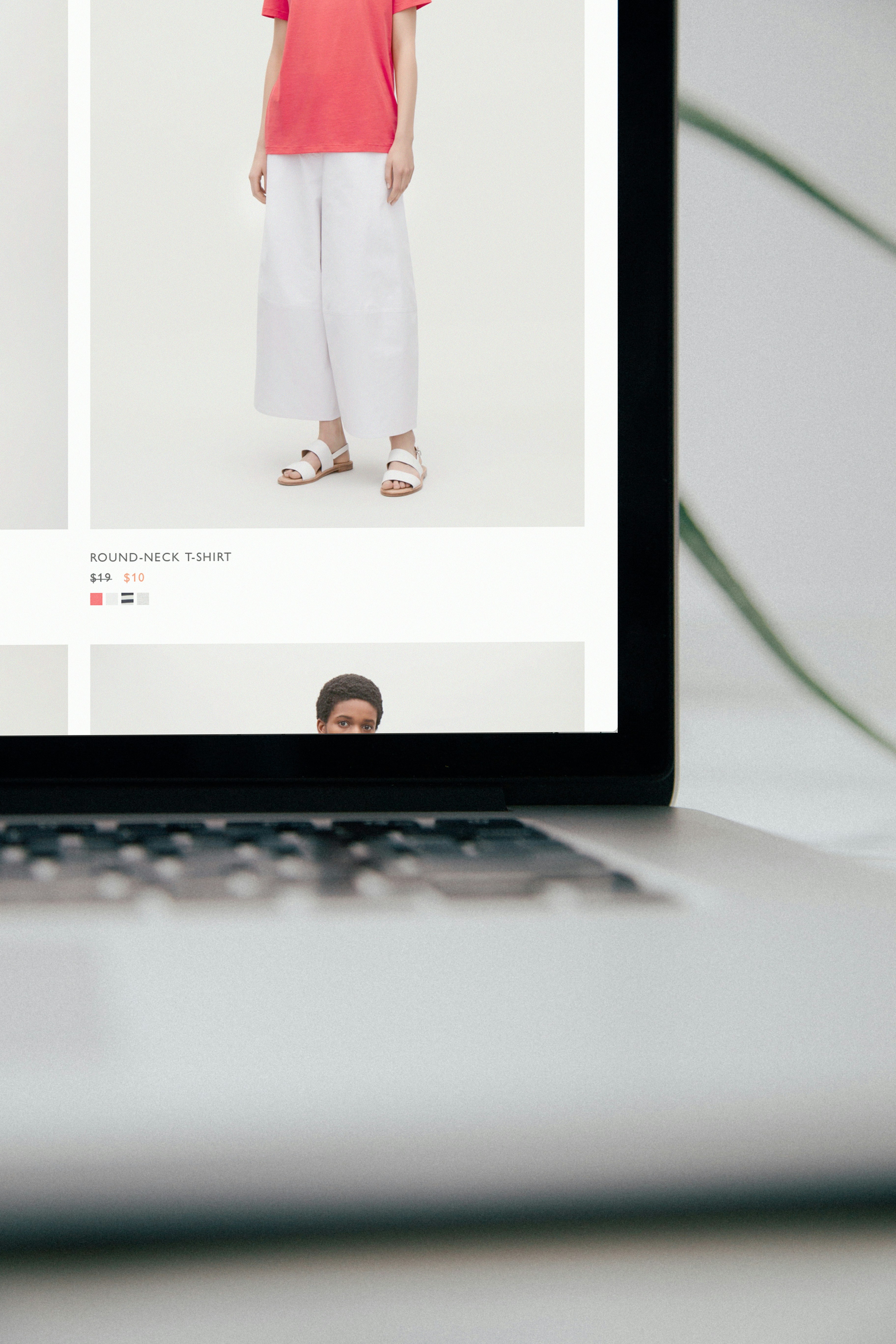Design Beyond Screens: Thinking in Flows, Not Frames

Design Beyond Screens: Thinking in Flows, Not Frames
Early in my design career, I used to evaluate my work screen by screen. I’d focus on individual layouts, pixel-perfect components, typography systems. It all looked nice—but something felt off. In user tests, people hesitated, got lost, or gave up. Despite the visual clarity of each screen, the experience didn’t flow.
This disconnect taught me one of the most valuable lessons in UX:
We’re not designing screens. We’re designing flows.
The Shift in Perspective
There’s a moment in every designer’s journey when you realize that what really matters isn’t what’s on the screen, but between the screens.
Good UX isn’t about aesthetics in isolation. It’s about what happens when someone lands on your site unsure, and leaves with clarity. It’s about the path they take, the steps they skip, the friction they feel.
When I began shifting from UI-first to flow-first thinking, everything changed:
My wireframes got messier—but my user journeys became clearer.
I stopped trying to make every screen impressive—and started making them work together.
I asked better questions, like: “What’s the user expecting here?” or “What happens if they’re not ready yet?”
Practical Takeaways
Thinking in flows reshaped my entire process. Some practical things that changed in how I design:
Microinteractions became part of the flow. How the user gets feedback matters as much as what they click.
I started mapping states more intentionally: loading, empty, error, success. Each one became a moment to support the user.
I designed fewer screens—but more variations of each one. Why? Because context changes everything.
Conclusion
Thinking in flows forces you to think empathetically. It’s not about what you want to show—it’s about what the user needs to feel at every step.
Beautiful screens make a product look good.
Seamless flows make it feel good.
And that’s what people remember.


